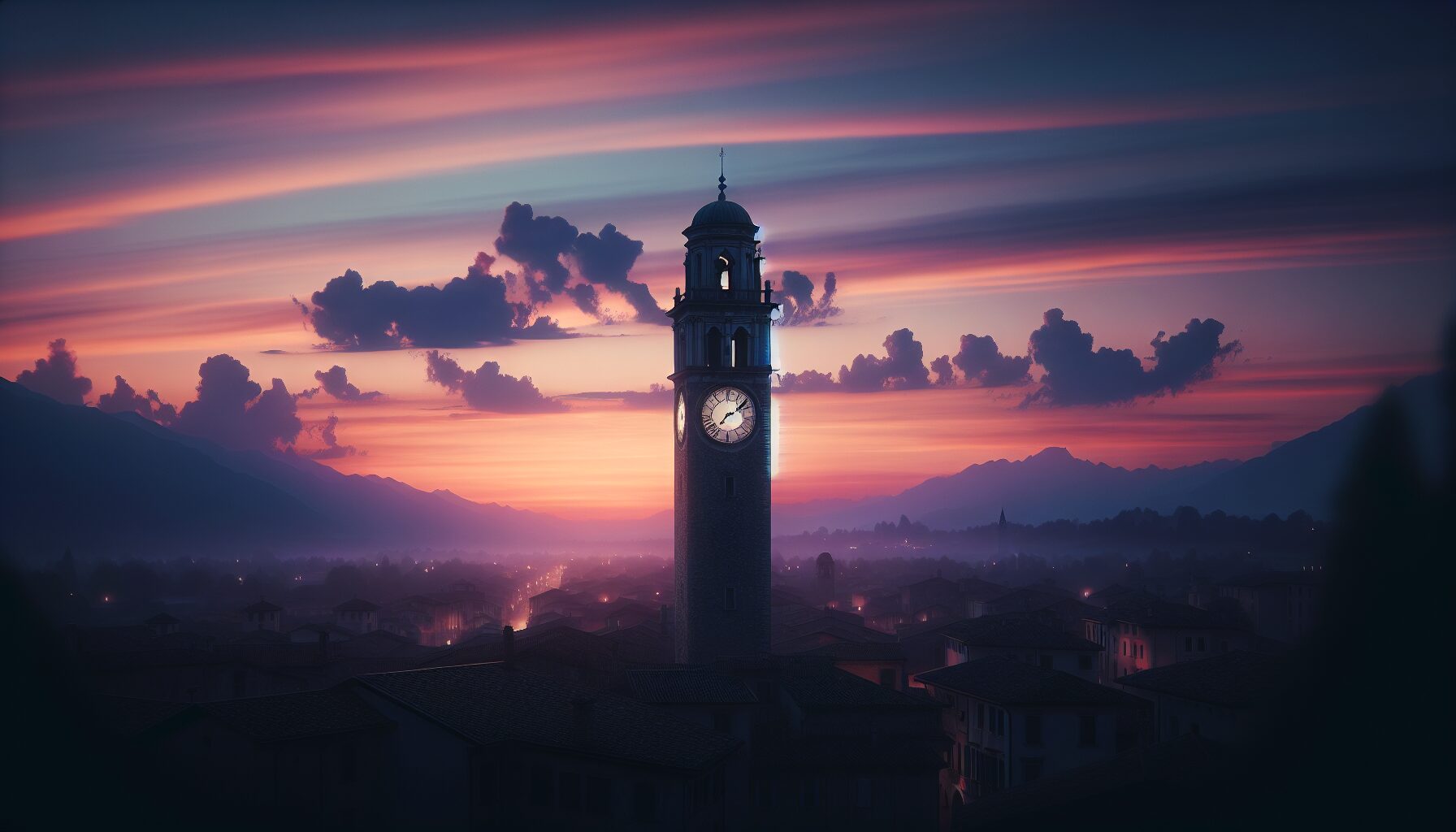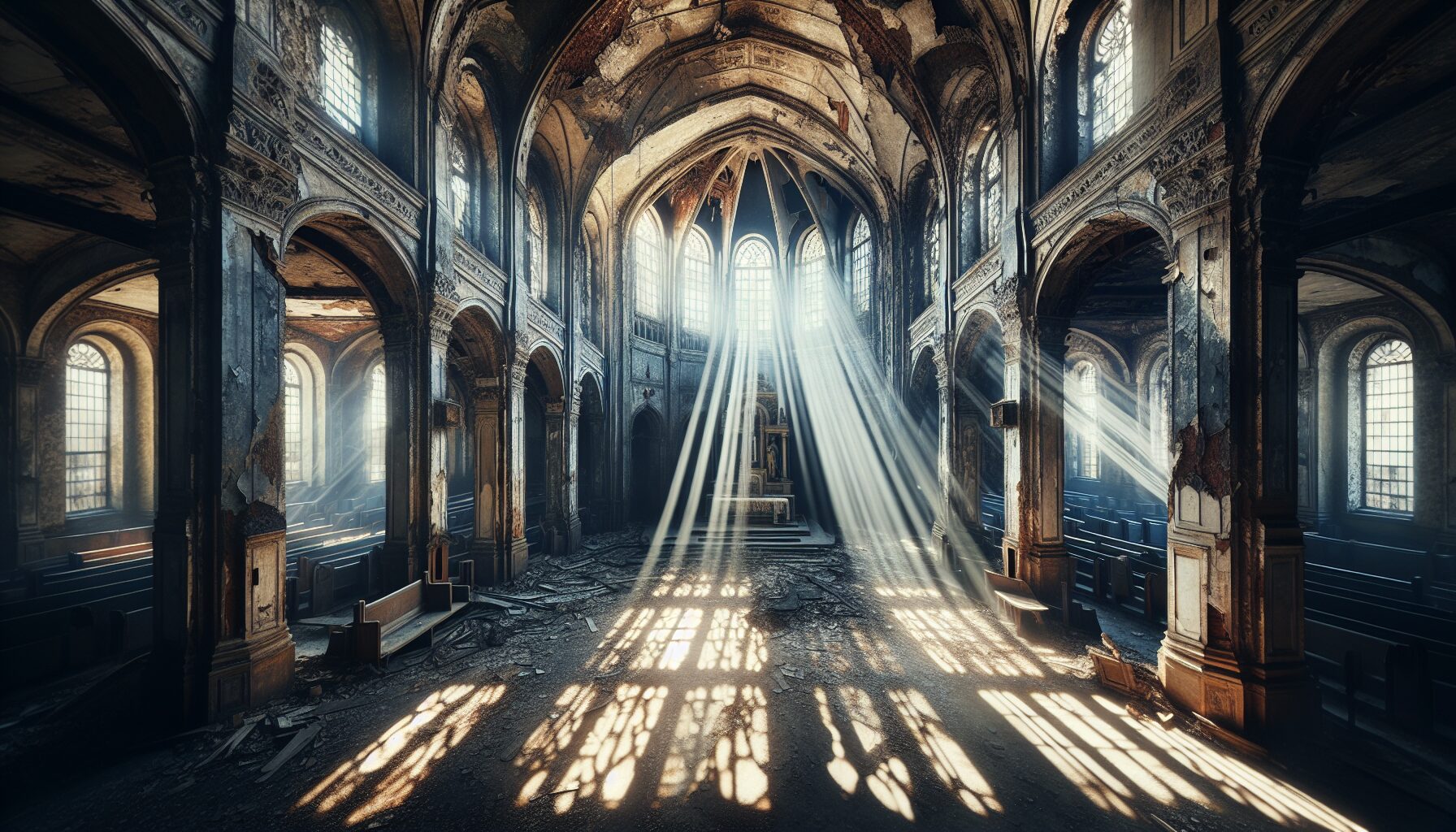In an age where the hustle of modern life often takes precedence, the ancient practice of pilgrimage offers a serene escape, a journey into the heart of forgotten shrines that dot the world’s landscape. These sacred sites, once teeming with believers and seekers, now stand forlorn and largely forgotten, yet they hold stories worth telling.
“The history of pilgrimage always served to remind humankind of its insignificance and its potential for transcendence.” — John Brierley, Author of renowned pilgrimage guides. (johnbrierleycamino.com)
A Journey Through Time
Pilgrimages have been undertaken by devout followers across various religions for thousands of years. These journeys are not limited to any single faith; they resonate across landscapes in the form of forgotten shrines belonging to Buddhism, Christianity, Islam, and indigenous traditions. Let’s delve into some of these hidden gems, stored away in the folds of time yet vibrant with tales of past devotion.
Unheard Whispers: The Shrines of the East
-
Mount Oyama, Japan
Nestled within the verdant ranges of the Tanzawa Mountains, Mount Oyama is home to the Oyama Afuri Shrine. This Shinto shrine, celebrated for its picturesque beauty and tranquility, was once a beacon for Edo-period worshippers who braved the arduous hike to seek blessings.
Over time, with the rise of urban priorities, the trek to Mount Oyama saw a decline, leaving this serene shrine in the embrace of mother nature.
-
Adam’s Peak, Sri Lanka
Known locally as Sri Pada, or “sacred footprint,” Adam’s Peak is a spiritual summit revered by Buddhists, Hindus, Muslims, and Christians alike. According to each faith, the prominent footprint at the peak belongs to Buddha, Shiva, Adam, or St. Thomas respectively.
While tourism has kept Adam’s Peak in the public eye, its roots as a pilgrimage site have subtly faded into the spectral outlines of history.
The Silent Echoes of Western Shrines
-
Vale of Mow Cop, England
Once echoing with the hymns of believers, the Vale of Mow Cop in Staffordshire held an annual gathering known as the “Mow Cop Bible Convention.” These began in the 19th century, initiated by Primitive Methodists seeking religious revival.
In present times, the event has dwindled to sporadic commemorations, leaving the old altar and pulpit as silent witnesses to fervent offerings of the past.
-
The Hermitage of San Juan de Gaztelugatxe, Spain
Perched upon islets off the coast of Basque Country, this isolated hermitage, dedicated to John the Baptist, remains a site of deep significance. Accessed by a winding path of 241 steps, the symbolism of its arduous journey mirrors the pilgrimage to Compostela.
Despite its recent pop culture fame due to a fantasy series backdrop, the hermitage maintains its essence as a site of pious visitation.
Reviving the Pilgrimage Spirit
The decline of pilgrim interest is multifaceted: ease of modern travel, shifting spiritual landscapes, and the commodification of cultural sites have all contributed. Yet, there lies potential in the revival of these journeys.
Spiritual Renewal: In the vortex of life’s challenges, pilgrimages offer a unique opportunity for contemplation and spiritual renewal. Such journeys encourage the slowing down of pace, connecting travelers to the history, culture, and spiritual aura of these sacred locations.
Cultural Preservation: By rediscovering forgotten shrines, we contribute to the preservation of cultural heritage, ensuring that these vestiges of devotion are not lost to the sands of time. Awareness can spur efforts towards conservation and adaptation.
A Future Rooted in the Past
As modern pilgrims or simply intrepid travelers, visiting forgotten shrines offers a remarkable journey into the past while sowing seeds of hope for future exploration. The value lies not just in physical discovery, but in the introspective journey that accompanies it.
To those who seek a unique path to knowledge, faith, or enlightenment, these forgotten shrines stand waiting—a testament to the ceaseless human quest for meaning.
“What matters is not the destination, but the journey and how the experience enriches your soul.” — Unknown.
Thus, as the last pilgrims of today, may we venture forth, rekindling the flames of forgotten shrines and embracing the enduring spirit of pilgrimage.




